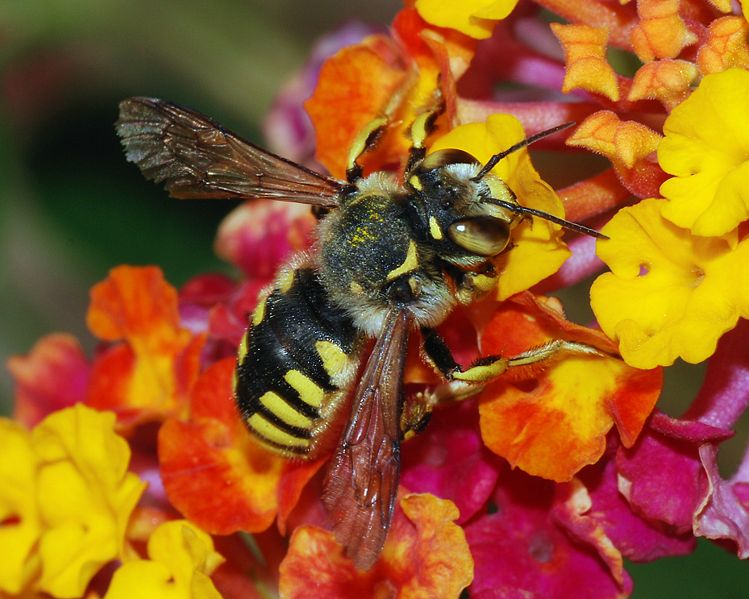One of the most popular posts ever published on this blog was authored by Colin Gray (Fleet Pond Society Chairman) and the topic was (wild) bees!
If you look in the box on the right entitled ‘Top Posts’ you’re normally see it there even though it was published in November 2008!
Here’s an extract:
Did you know that Britain has more than 250 species of native bee? All of these bees play an essential role by pollinating flowers. But these bees are becoming scarce, with fewer wild flowers and suitable nest sites and an increase in pesticide use. Now around 25 per cent of our native bees are listed as endangered species.
Out of these 250 species, over 90% of them are solitary bees….
Solitary bees come in many different sizes, colours and shapes. Common solitary bees are mason bees, miner bees, sweat bees, wool-carding bees and carpenter bees. They vary in colour from basic black to bright metallic green, blue or red. Some solitary bees superficially resemble wasps.
The picture at the top is of a solitary bee.
On this topic, I recently came across this clip of Professor Simon Potts from Reading University talking on wild bees and the need to help improve their numbers.
There’s an associated press release here.
At Fleet Pond, we’ve been involved with putting up small ‘bee hotels’ on a number of occasions. These can be easy and fun to make using just piping and cut bamboo canes or perhaps fallen trees.
We’re thinking of putting up some new bee hotels – would you like to be involved?
For example, it would make a great community or school project for children (and adults too) – a healthy and fun time outdoors with a real benefit to the environment 🙂
If you’re interested, please drop Colin Gray an email – he’d be delighted to hear from you!
Picture credit: here

